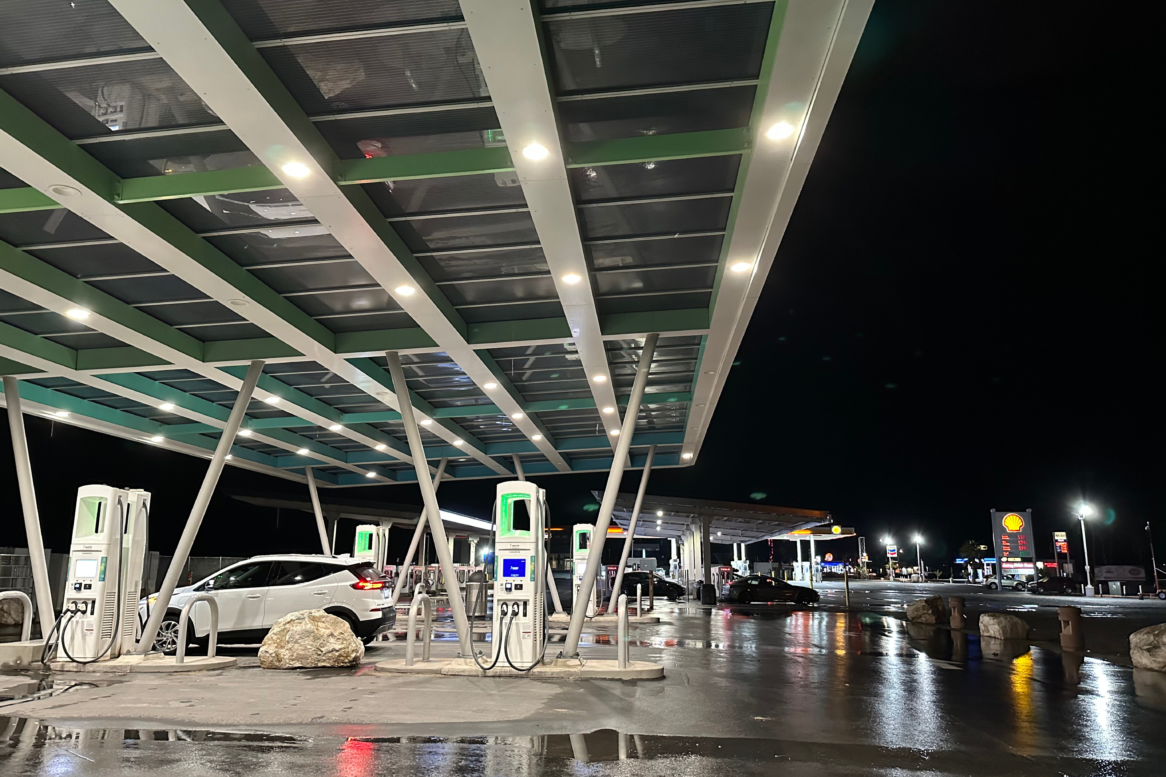As seen in Costar.
By Richard Price, Director & Head of EV at Syzygy Consulting
By law, all new cars and vans sold in the UK must be zero emission by 2035, a target that is not expected to change significantly under the new Labour Government. More electric vehicles (EVs) will lead to surging demand for charging points and, despite enormous growth in commercially-led public charge point locations over the past five years, current supply is insufficient unless more are brought forward much quicker. The Government forecasts a requirement of over 800,000 public charge points by 2040 – and there are fewer than 45,000 now.
For commercial real estate, this heralds an urgent need to prioritise EV infrastructure, particularly at retail, leisure and industrial parks as well as shopping centres, to support the transition and their customers. Delivering EV charging is not simple, but could be simplified if three key ‘power struggles’ are resolved…
The power of the landlord
There is strong appetite from charge point operators to install chargers in high traffic, high footfall locations, but they often struggle to secure approvals from landlords on mutually beneficial terms. Alongside rent, operators fund the installations (typically from £750,000 to £1.25 million for larger “hubs”) and require longer leases to achieve meaningful payback. Landlords need to acknowledge that, by installing much-needed electrical infrastructure, charge point operators enhance the value of their assets even after tenancies expire.
Syzygy predominately acts for landlords in such negotiations but always advise that owning the land doesn’t necessarily shift the balance of power in their favour. The alternative – failing to find an operator to work with and self-funding instead – can be incredibly expensive. There are also many intricacies involved in running charge points effectively and profitably, so deferring to a knowledgeable partner is the smart choice.
Discussions would be easier if both sides understood the other better. For landlords, this means treating charge point operators as tenants, not service providers, a shift that would empower operators to run their business of selling kilowatts in the best way possible. A landlord wouldn’t tell a coffee shop what beans to roast, and the same applies here. Charge point operators should recognise that commercial real estate is a well-established sector, and being beholden to funding partners should not be detrimental to common practices in the property world.
Identifying what provisions are needed on-site requires research and data. Syzygy’s data analytics and asset management platform, evlab®, helps landlords visualise what charging would mean at site or portfolio level and creates a red line boundary with rent level parameters. With space at a premium at locations like retail parks, charge point operators then pay an appropriate market rent and have the autonomy to decide on the number and type of chargers. A win-win solution that eliminates multiple friction points and gets chargers in the ground.
Power struggles with existing tenants
Another hurdle we see is in-situ retail tenants slowing down the process, seeing it as an opportunity to make their own demands.
Charge point operators experience pushback due to pre-existing lease restrictions from big-brand tenants, minimum carpark numbers or no-build zones. Worryingly, in our experience, decisions can be subjective, such as key contacts preferring ICE vehicles.
Meanwhile, landlords are concerned about rocking the boat with existing occupiers or opening discussions that can lead to potential regears or lease plan revisions.
There’s no alignment of shared goals between the three parties, which is vital because customers will go elsewhere if the right infrastructure isn’t in place. We have found that a clear strategy and communication throughout can accelerate projects and bring commercial benefits to all.
The issue of grid supply
Last but not least is the availability and accessibility of power itself. Grid limitations are widespread, pending infrastructure upgrades that can take years, so meticulous preparation from the earliest stages is essential before committing time, energy and funds.
Introducing embedded renewable energy generation to supplement the grid is an increasingly popular way to enhance value and resilience, simultaneously contributing to decarbonisation. For example, at Metrocentre in Gateshead, having specified rooftop solar PV along with solar car ports for 500 spaces and 46 EV charging posts, the resulting clean energy produced can power 450,000 miles of emission-free driving yearly, and the centre’s grid reliance is 30% lower.
Driving mutually beneficial change
EV charging will become a crucial differentiator as more EVs hit UK roads. Therefore, the issues with power in its various forms must be addressed fast. We need to change attitudes, explore new approaches, embrace innovative models and work together to deliver them. Focusing on the advantages of adequate charging – fewer vacancies, quality occupiers, higher rents and footfall – is also paramount and will help projects forge ahead.
Looking ahead, 2035 isn’t far away. Planning and industry regulations are catching up and tightening, with accessible charging bays guidance becoming stricter and likely to be mandated soon. Making sure that landlords secure the right deal with the right charge point tenant, and embrace specialist advice on how to bring optimal public charging to everyone, is critical. It must be a tailored solution delivered via a structured approach, one which takes everyone on the journey towards a net zero future.




